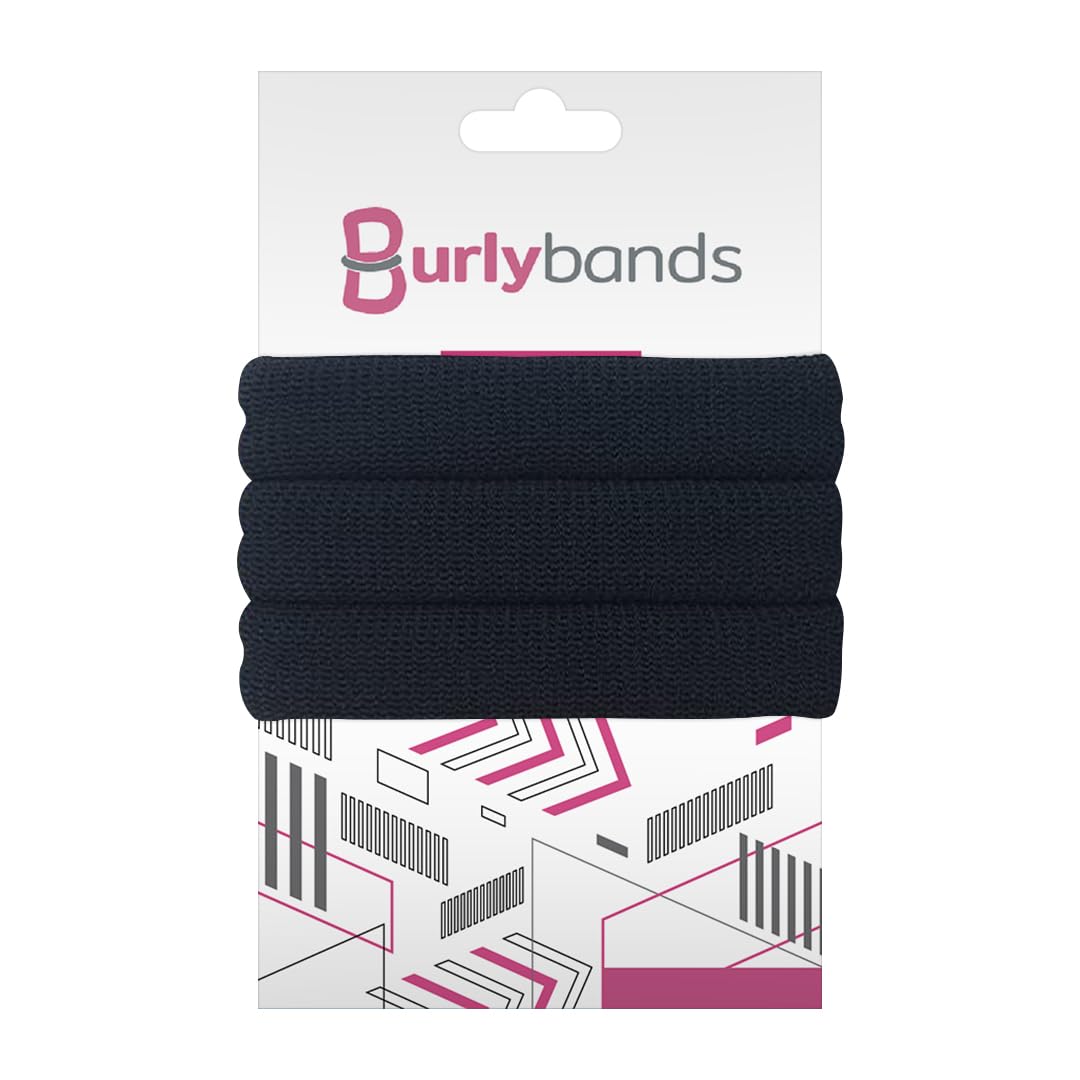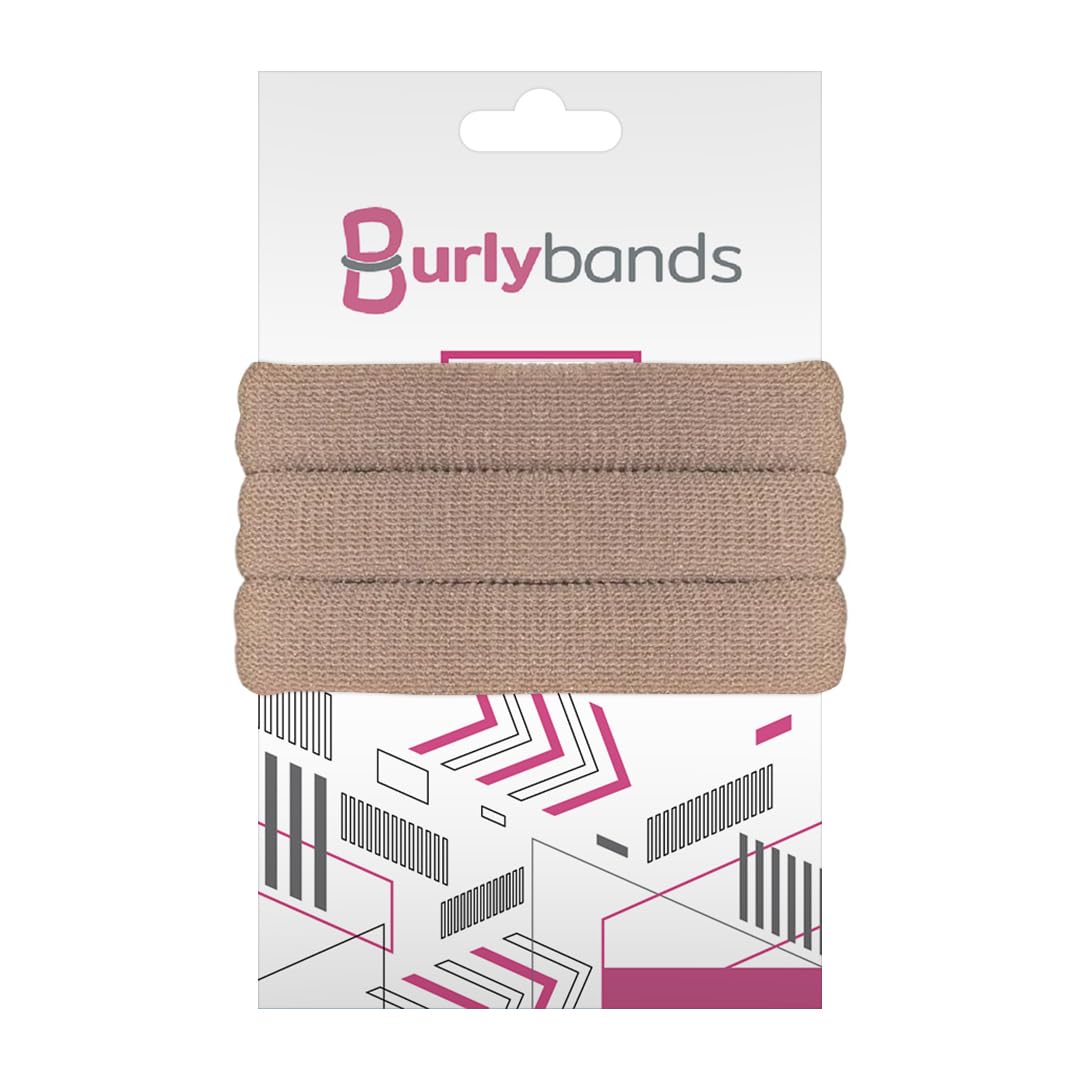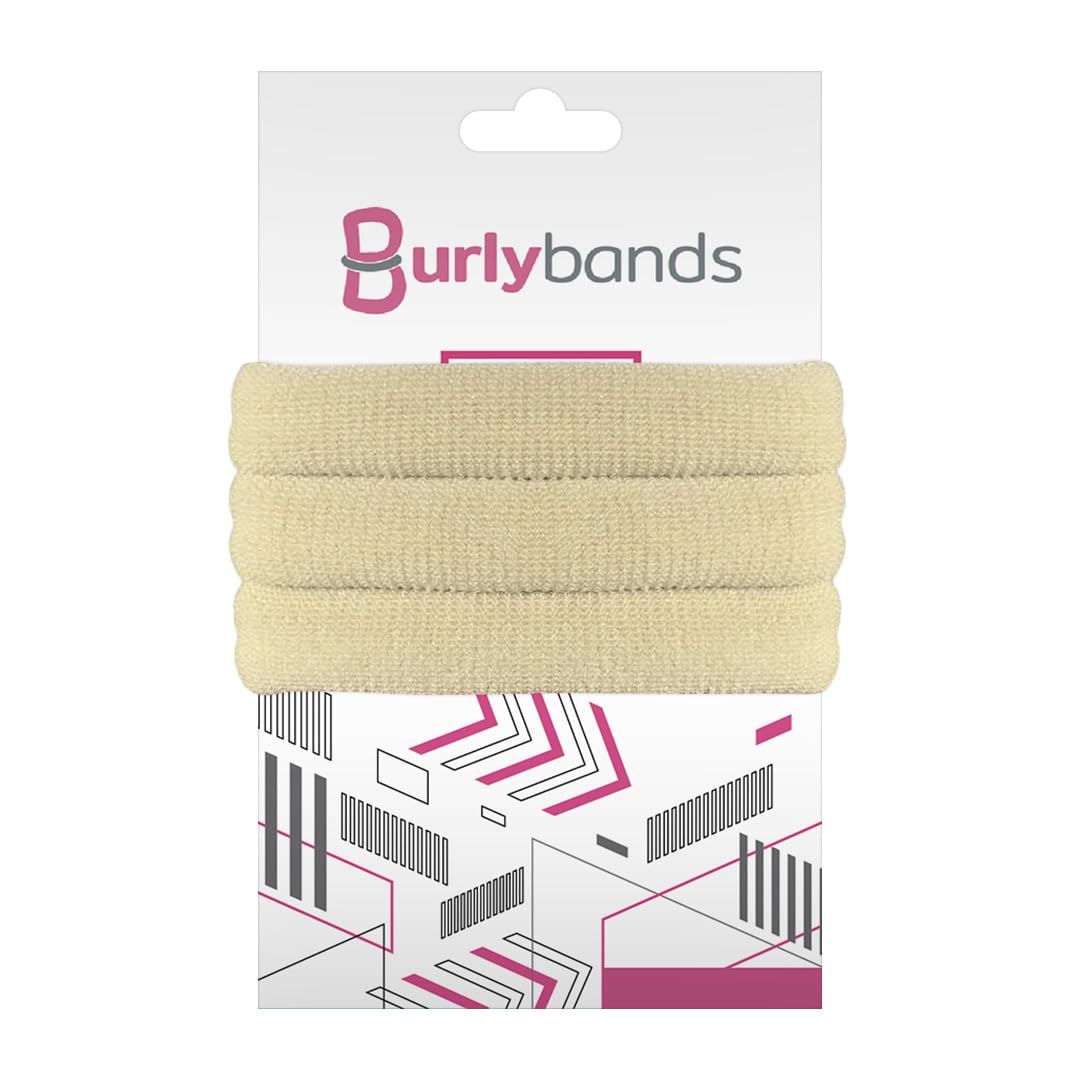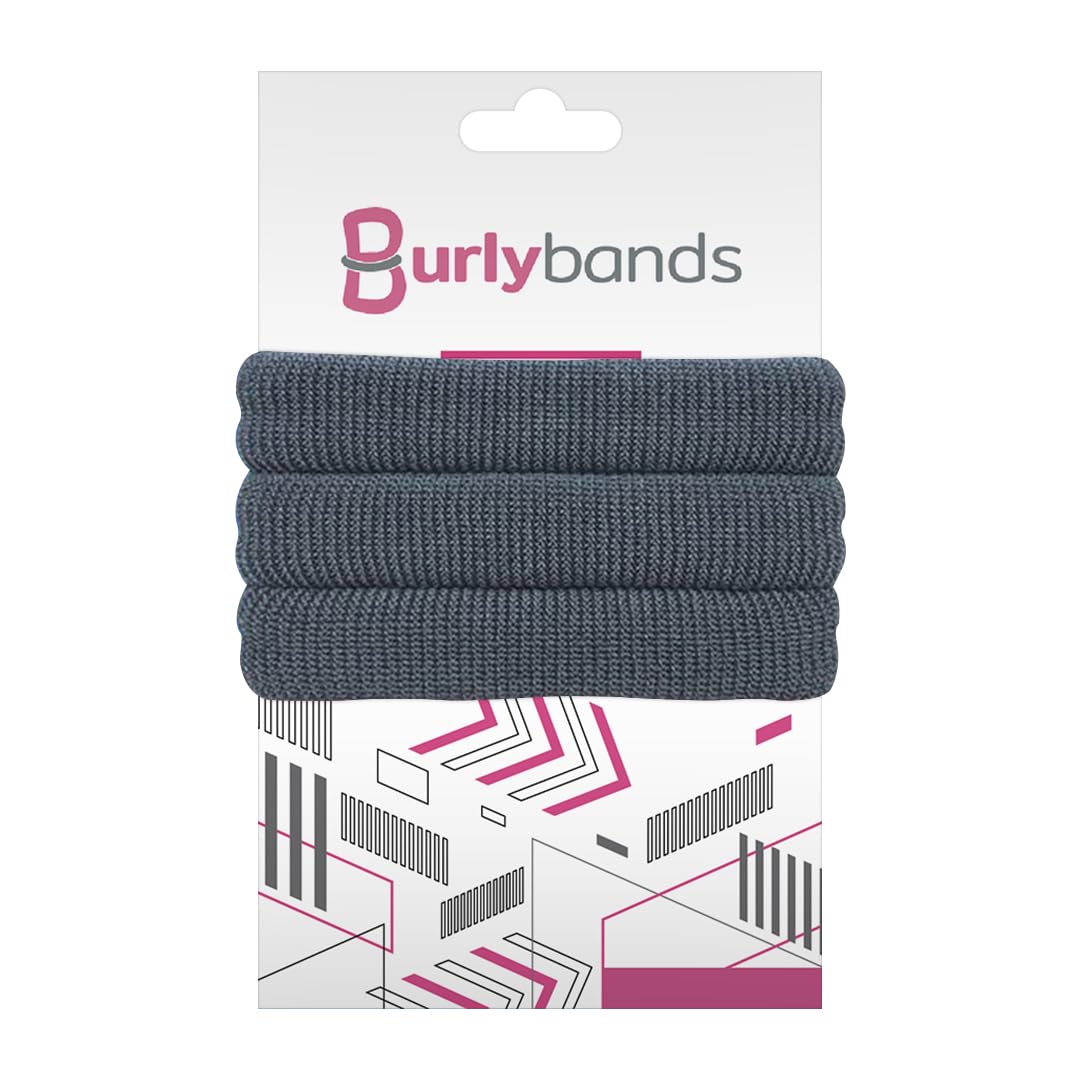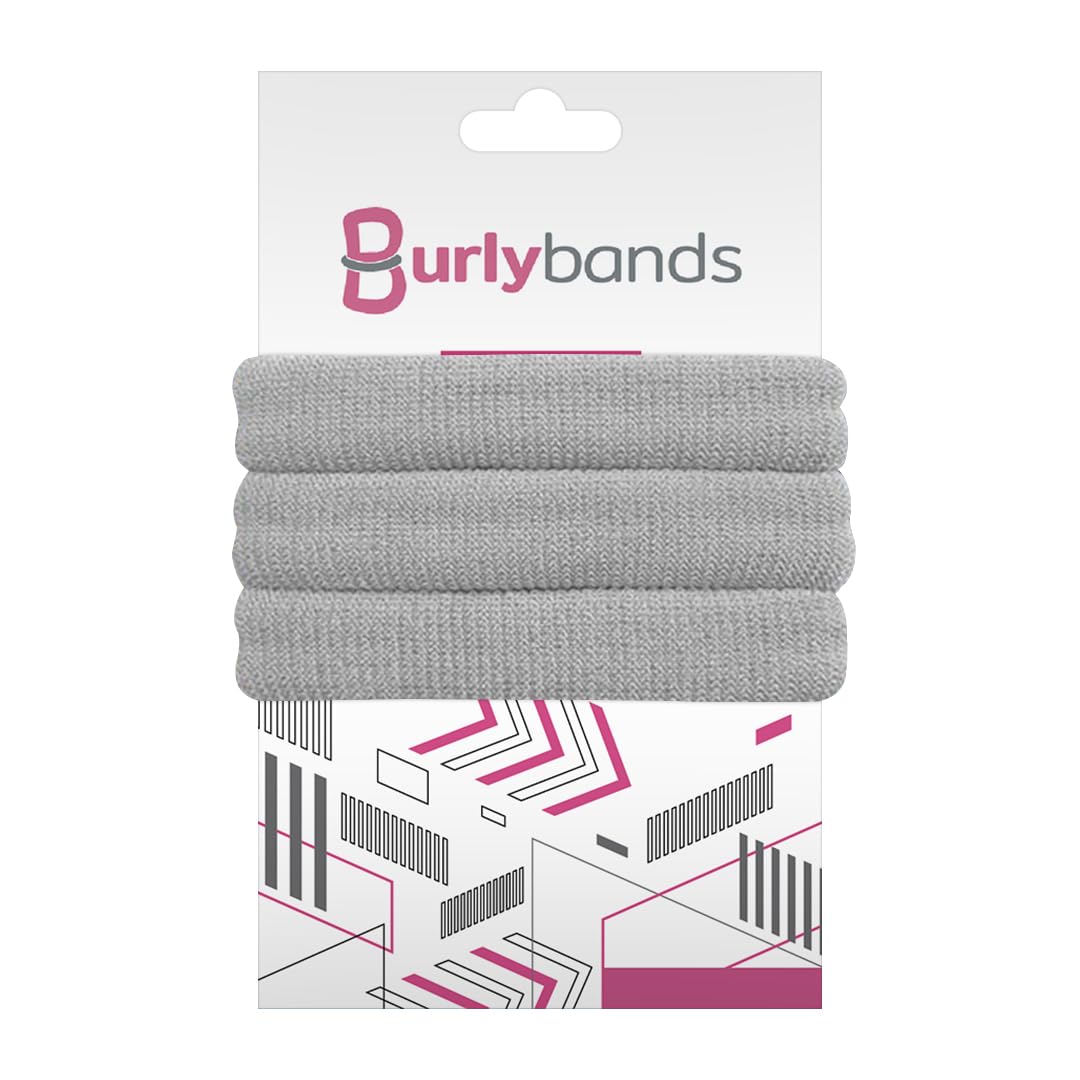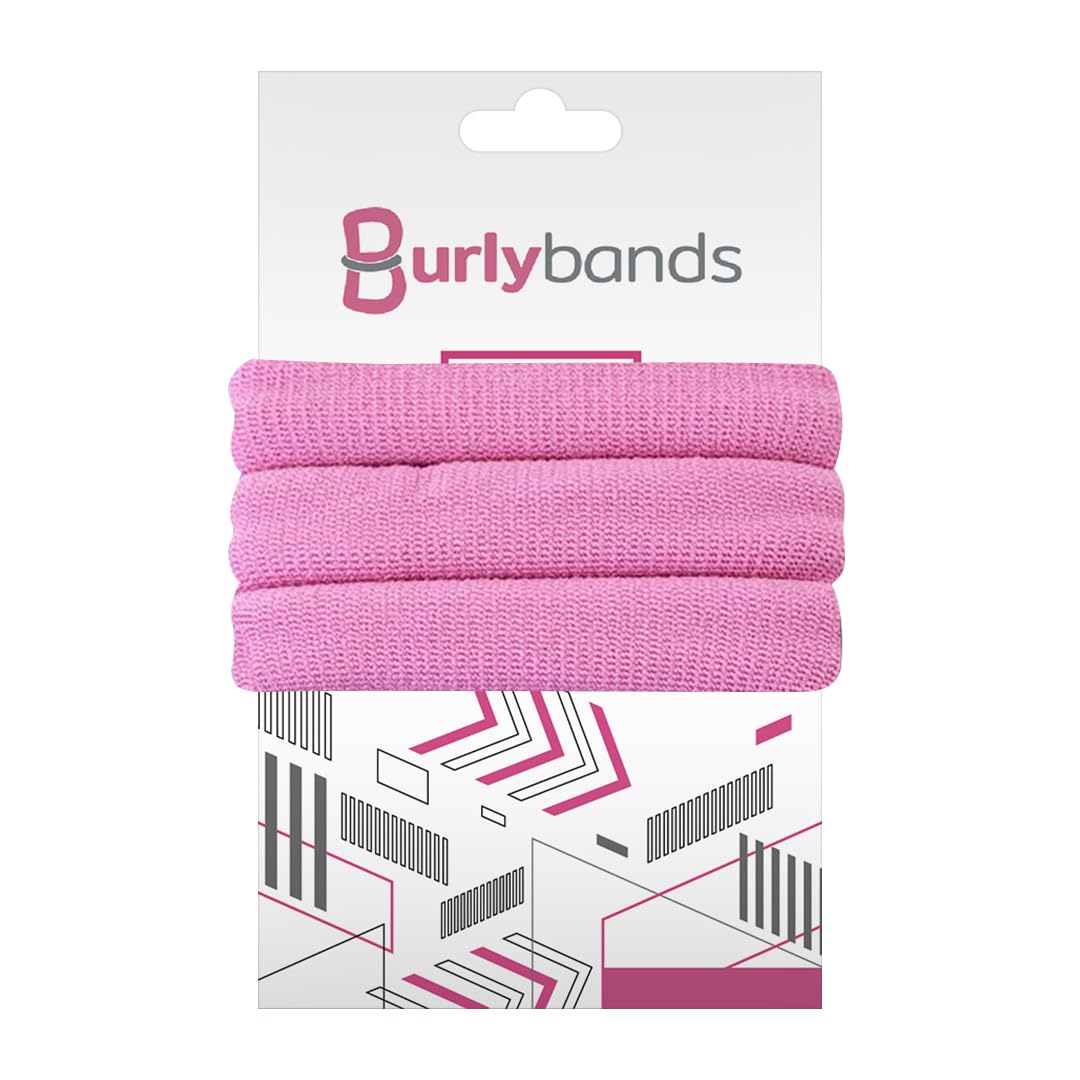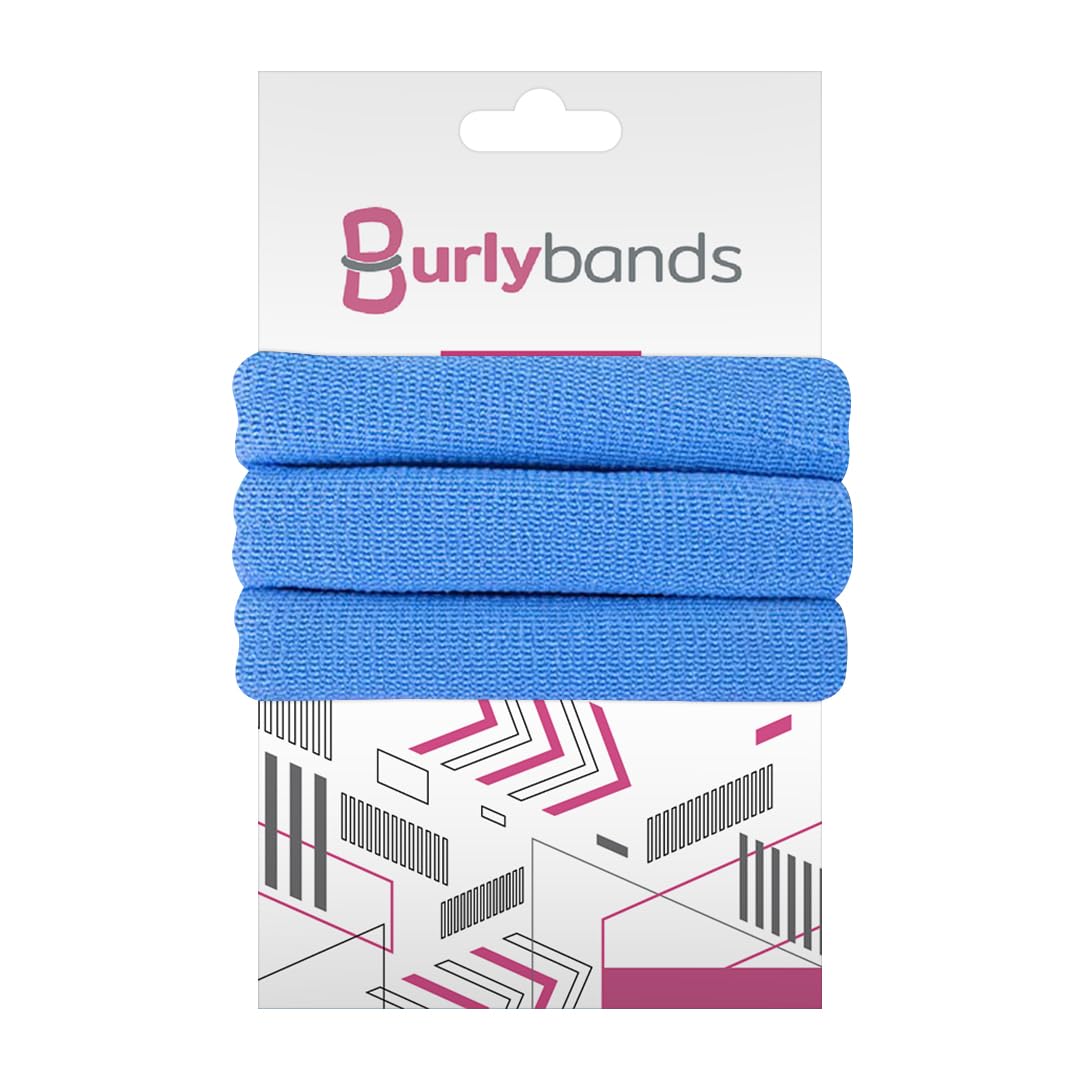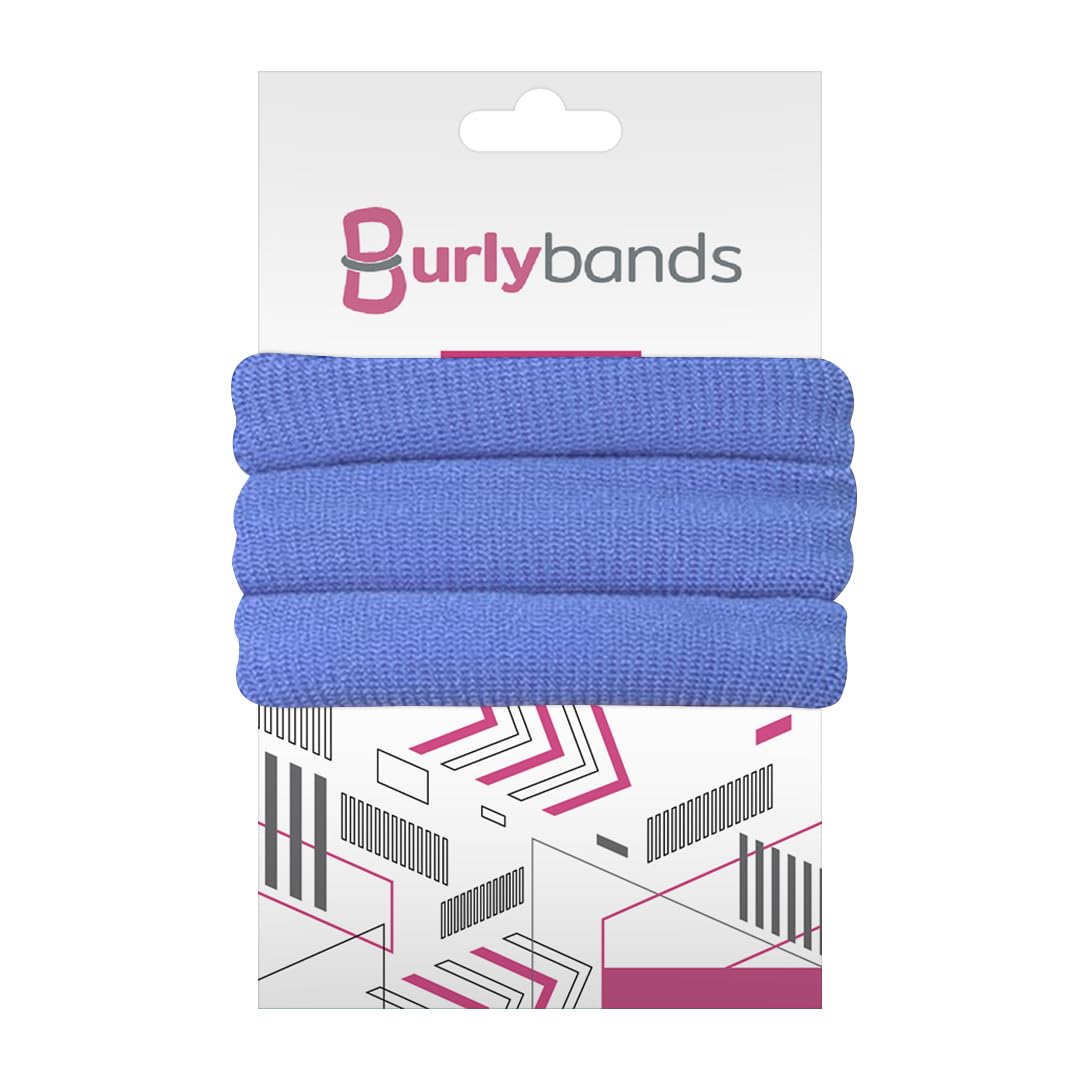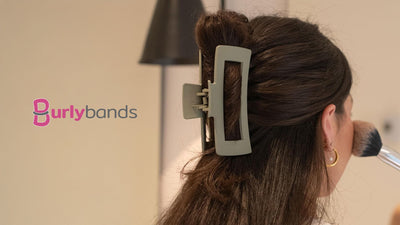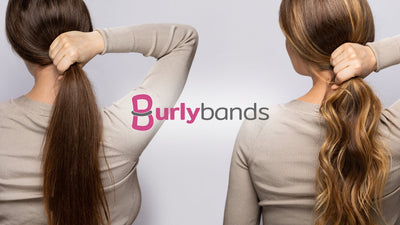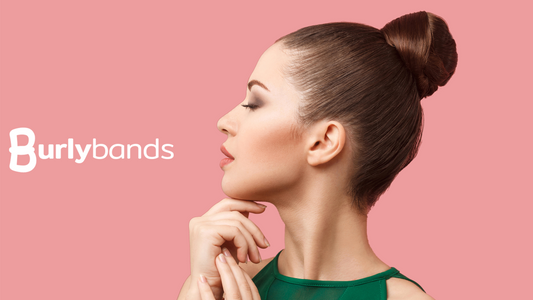Believe it or not, how you handle your hair at bedtime can make a big difference in its health and appearance. Now, you might wonder, "Why does it matter? It's just hair!" But for many, their hair is a big part of their look and confidence. And just like how you choose a comfortable pillow for a good night's sleep, you should also think about the best position for your hair: whether that is tying it up or letting it lose.
Let’s get to the bottom of this, looking at the pros and cons of both options so that you can wake up with healthy hair that's ready to go!
Sleeping With Your Hair Up
Credit: Envato Elements/ AnnaStills
Sleeping with your hair up is the most common choice for many people. Here are the key points to consider:
Pros:
Minimizes Tangles: With your hair securely in place, you can bid farewell to the morning struggle of detangling knots. This not only saves time but also reduces the risk of damaging your hair while brushing.
Maintains Hair Cleanliness: Think about skincare products or natural oils on your face. By keeping your hair up, you minimize its contact with your face, ensuring that it remains fresh and free from unwanted residue.
Prevents Breakage: Hair tied up (especially in a loose bun or braid) can reduce the risk of hair breakage. It stops hair from rubbing against the pillow and causing friction.
Cons:
Potential Scalp Strain: Tightly secured hairstyles can exert pressure on the scalp and hair follicles. Over time, this can lead to discomfort or even headaches.
Uneven Pressure: Sleeping with a bun or a high ponytail might be trendy, but it can cause pressure points on your scalp. This can sometimes lead to discomfort throughout the night, impacting the quality of your sleep.
Uneven Natural Oil Distribution: When your hair is tied up, especially tightly, it can hinder the natural flow and distribution of oils from your scalp. These oils are crucial for keeping hair moisturized and healthy. Without even distribution, certain parts of your hair length might miss out on these nourishing benefits.
Sleeping With Your Hair Down
Credit: Envato Elements/ valeriygoncharukphoto
Sleeping with your hair down offers a different set of advantages and disadvantages. Let's explore them:
Pros:
Natural Comfort: Leaving your hair loose can feel liberating and often more comfortable, especially if you dislike the sensation of hair ties or pins against your scalp.
Less Frequent Styling Required: With hair left in its natural state overnight, there’s often less need for rigorous styling in the morning. This can save time during your morning routine and reduce the frequent use of heat styling tools, which can be damaging in the long run.
Gives Your Hair a Break: Letting your hair strands fall naturally while you sleep gives it a break. Just as our bodies need rest, so does our hair from the constant pulling and tying up.
Cons:
Causes Tangles: Free-flowing hair can get twisted and knotted during the night, especially if you're someone who moves around a lot in your sleep. This can lead to a time-consuming detangling session in the morning.
Frequent Touching: With hair down, you might find yourself touching or adjusting it more often during the night, leading to the potential transfer of dirt or oils from your hands to your hair, and vice versa. This can be a concern for both hair and skin hygiene.
Hair Pulling and Snagging: There's a possibility of hair getting trapped or snagged, especially if you have jagged or sharp edges on your bed frame, headboard, or bedside furnishings. This can ultimately pull on your hair, causing discomfort or damage.
What You Need to Be Careful About
Credit: Envato Elements/ anontae2522
While there are benefits to having your hair up or down during sleep, it's essential to proceed with caution to protect the health of your hair. Here's what you should keep in mind:
1) Choose the Right Hair Tie
If you choose to tie your hair up, avoid using rubber hair ties or tight elastics. These can cause breakage. Instead, opt for soft scrunchies, silk ties, or creaseless hair ties to protect your hair when sleeping.
2) Do Not Tie Wet or Damp Hair
While it's typically recommended to sleep with dry hair, there are times when we might find ourselves sleeping with wet or damp hair. In such cases, it's advisable to leave it down, as wet hair is fragile and more prone to breakage. Moreover, keeping wet hair tied up can lead to scalp issues.
3) Avoid Tight Hairstyles
Even if you're using a hair-friendly tie, make sure you're not tying your hair too tight. A tight ponytail or bun can pull on the hair roots, potentially leading to headaches, hair thinning, or even hair loss over time. Instead, opt for a loose braid, loose bun, or loose ponytail.
4) Be Mindful of Hair Positioning
The way you position your hair while sleeping can affect its health. If you're sleeping with your hair down, spread it out above your head to minimize excessive friction with the pillow. If you decide to tie it up, consider alternating the position of your bun or ponytail from night to night.
How to Maximize Hair Health During Sleep
Credit: Envato Elements/ djoronimo
Here are some tips to optimize hair health while sleeping:
1) Invest in a Silk Pillowcase
Consider investing in a silk pillowcase; it can make a significant difference. The smooth surface of silk causes less friction compared to traditional cotton, leading to fewer split ends and hair breakage. Plus, silk can help maintain the natural oils of your hair, keeping it moisturized and frizz-free. Alternatively, you can explore options such as a silk scarf or a silk hair cap.
2) Stay Consistent With Trims
Regular trimming is essential to keep those pesky split ends at bay. By removing damaged ends, you can also reduce the likelihood of knots and tangles while you're enjoying your beauty sleep. This makes your morning hair routine a breeze.
3) Develop a Nighttime Hair Ritual
Think about creating a nightly routine that suits your specific hair type and requirements. For example, a gentle brushing session can help evenly distribute your scalp's natural oils, maintaining moisture and minimizing tangles. Applying a small amount of nourishing oil, such as argan or jojoba, can provide added protection and enhance shine. If you have particularly dry or curly hair, a lightweight leave-in conditioner can work wonders.
4) Mind Your Diet
It may come as a surprise, but your dietary choices directly influence the health of your hair. Maintaining a well-balanced diet that includes vital nutrients such as biotin, zinc, and vitamin E can enhance the strength and luster of your hair. Think about incorporating foods like nuts, eggs, berries, and leafy greens into your evening snacks or dinner to promote healthier hair.
Summary
The decision to sleep with your hair up or down largely depends on your comfort and hair type. There are clear benefits to both approaches. If you have long hair and are worried about tangling, consider a loose tie-up. But if you feel your hair needs a break, let it down. Whatever you choose, the most important thing is to treat your hair with care.
And when you do opt for a tie-up, opt for hair accessories that treat your hair gently, like Burlybands – the ideal choice for a comfortable and damage-free hold. Try Burlybands today for healthy hair growth!
 Log in
Log in






